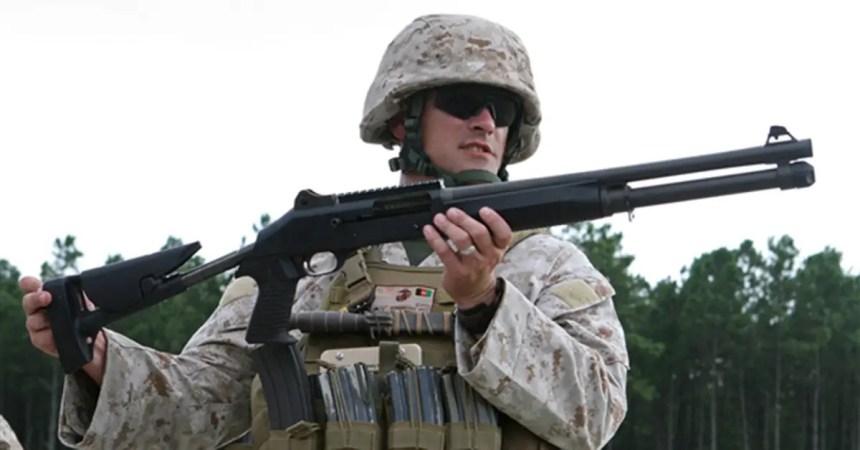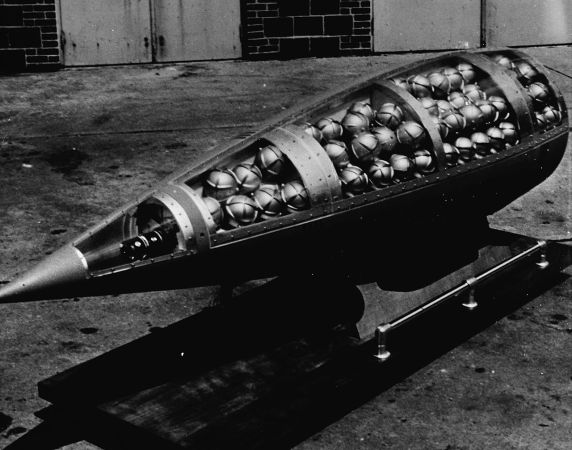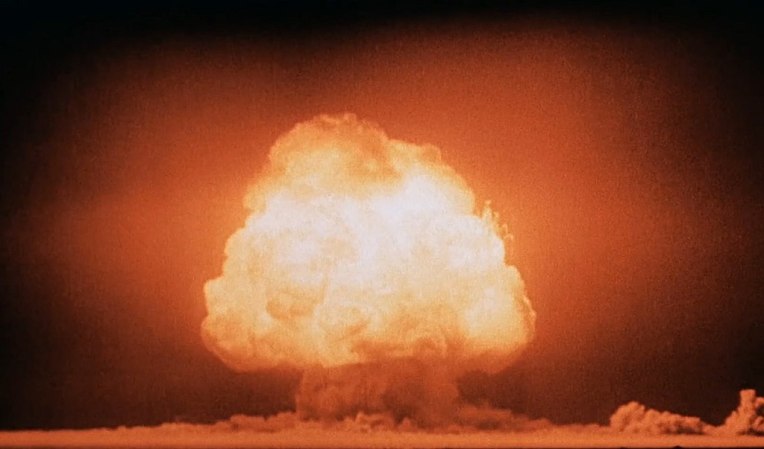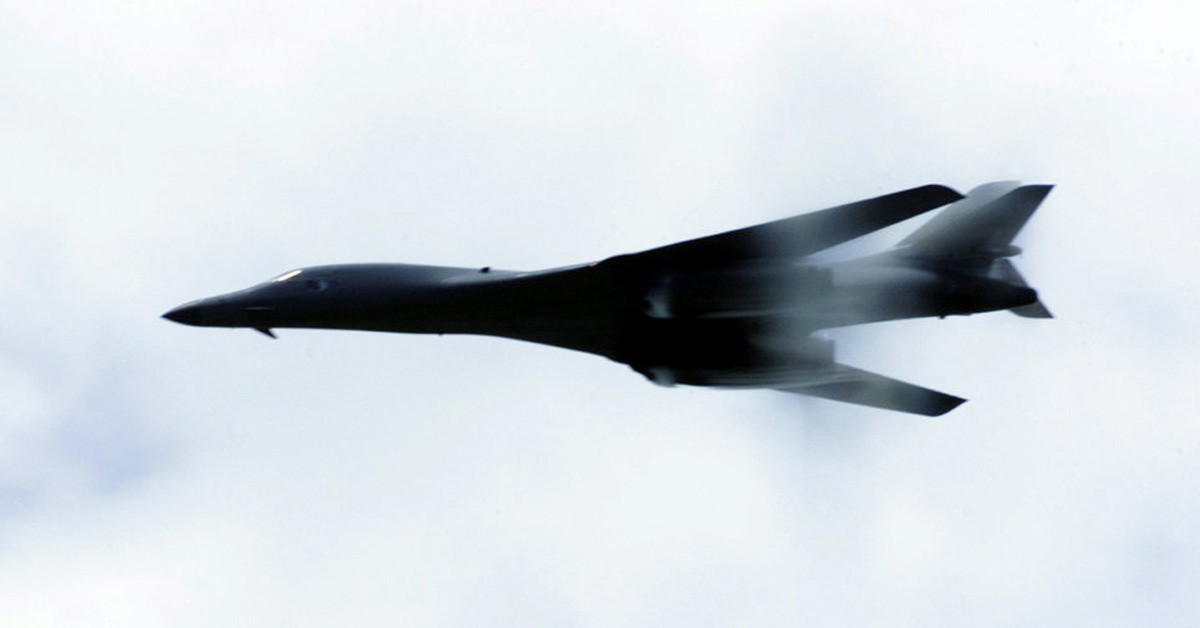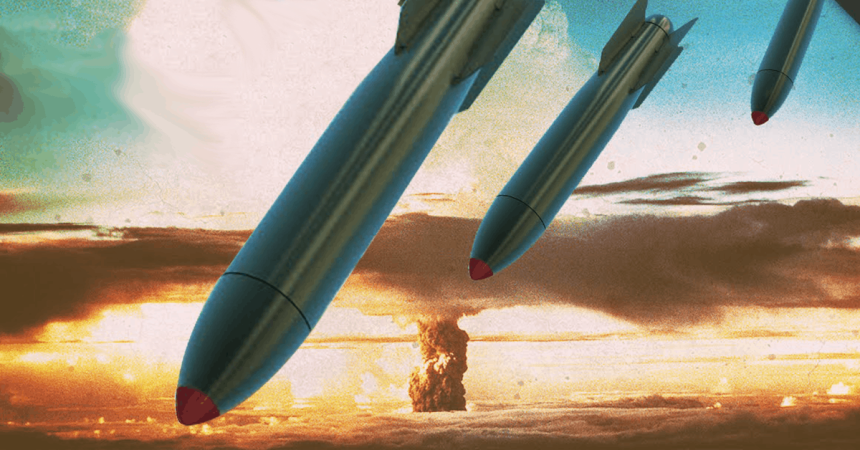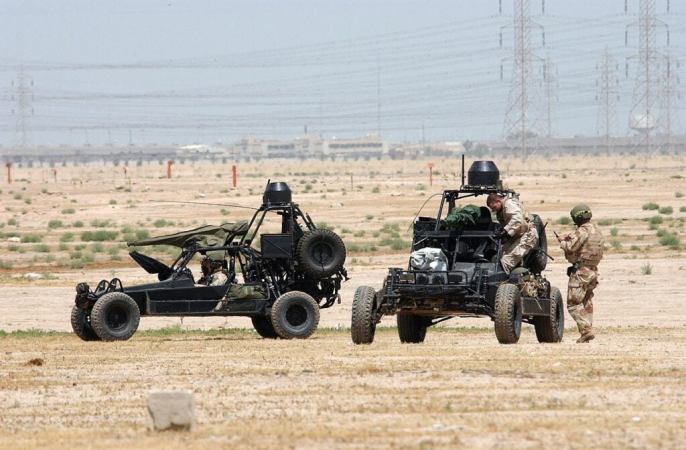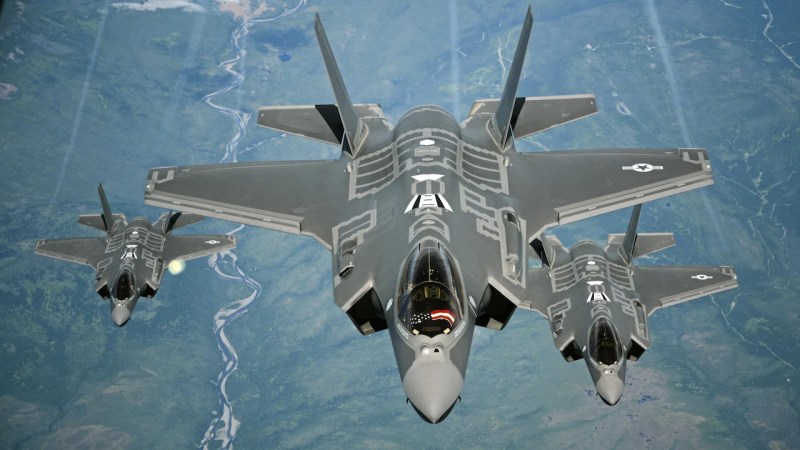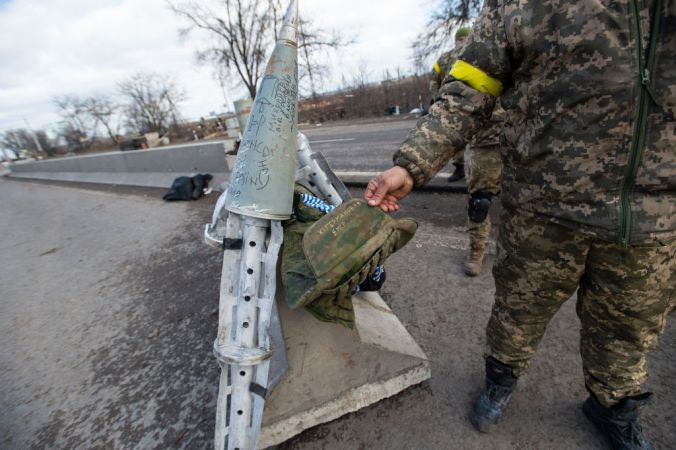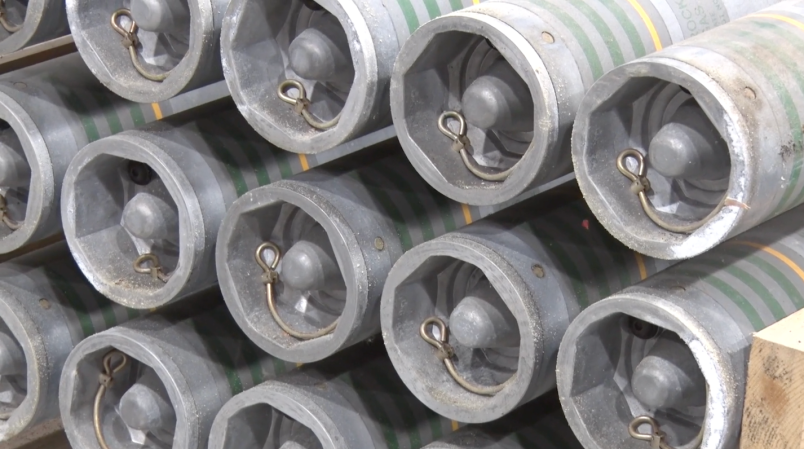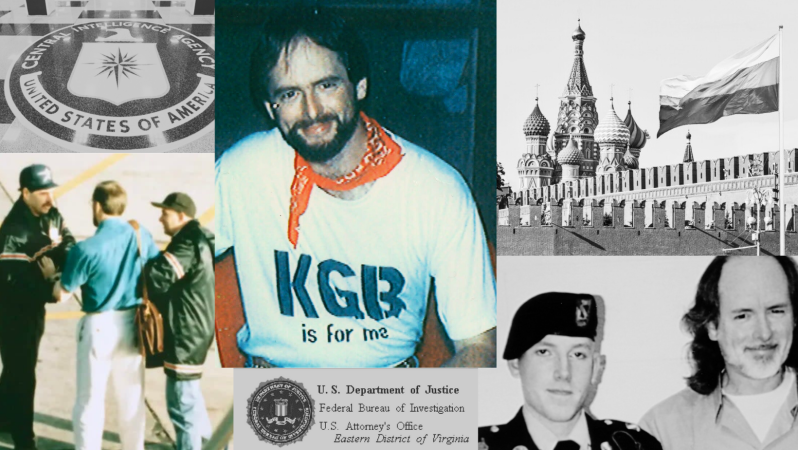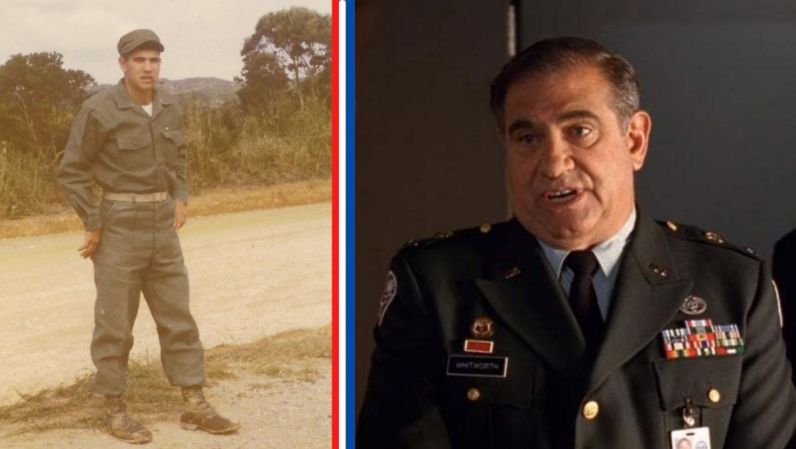The idea of limiting weapons in warfare and its effects on soldiers and civilians have roots that can be traced back to the American Civil War. Shortly before issuing the Emancipation Proclamation, President Abraham Lincoln issued the Lieber Code. Named for a Prussian professor from South Carolina, Lieber was a former Prussian soldier in the Napoleonic Wars, wounded at the Battle of Waterloo. He aimed to convince the Union to adjust its battlefield conduct to bring a sharper end to the war, and thus, slavery.

On April 24, 1863, President Lincoln issued the finished code as Instructions for the Government of Armies of the United States in the Field, General Order No. 100. The code featured 157 articles in 10 sections and covered everything from martial law to the treatment of deserters, women, prisoners of war, partisans, scouts, spies and captured messengers.
Prisoner exchanges, flags of truce, battlefield looting, and assassinations were also covered. Most importantly, the code governed the treatment of POWs, treatment of rebels, and the respect for human life (especially those of slaves and former slaves fighting for the Union).
The Lieber Code was the foundation text for the Hague Conventions of 1899 and 1907. Although many of the provisions of the Hague Conventions were subsequently violated during World War I, the conventions still stand as the standard for modern day arms limitation and battlefield conduct agreements.
Subsequent arms agreements include the Geneva Conventions of 1925 and 1949, The 1979 Convention on Certain Conventional Weapons, the 1993 Chemical Weapons Convention, the 1997 Ottawa Treaty, and the 2008 Convention on Cluster Munitions, to name a few.

After more than 150 years of arms control treaties, countries have invented, used, and then banned weapons designed to choke, maim, and otherwise kill warfighters in an inhumane fashion (as ironic as that sounds).
1. Poisonous Gases
There are five types of chemical agent banned for use in warfare. Blood agents are toxic and fast acting. They’re absorbed into the blood (hence the name) and cause a long, violent death, usually from respiratory failure. Phosegene Gas and Hydrogen Cyanide are two kinds of blood agent. Next are blister agents that cause severe chemical burns on the skin and eyes. Blister agents like Mustard Gas can be fatal if ingested or inhaled.

Nerve agents like VX and Sarin gases break down the neurotransmitters that make organs function. They can be inhaled or absorbed through the skin. Victims slowly lose control of their bodily functions, their limbs start jerking involuntarily, and death comes from respiratory failure. A choking agent impedes the victim’s ability to breathe, causing a buildup of fluid in the lungs, and eventually death by drowning. Phosgene gas can also be considered a choking agent. A final type in nettle agents. Nettle agents irritate the skin, but do not cause blisters.
2. Non-Detectable Fragments
The Convention on Certain Conventional Weapons bans the use of non-metallic fragment in war because they can’t be found by using X-rays. The fragments are said to cause unnecessary suffering. Surgeons have to go through the body by hand looking for these fragments
While plastic itself isn’t prohibited in weapons production, using plastic as the primary effect is.
3. Land Mines
The failure of a total ban of anti-personnel mines in the 1979 Convention on Certain Conventional Weapons led to the Ottawa Treaty, which did. This treaty doesn’t cover anti-tank mines, booby traps, and remote mines.
Say goodbye to everyone’s Goldeneye N64 fun.
Previous treaties have demanded the anti-personnel mines be able to be remotely deactivated, to shut down after a certain time period, or to be removed by the implementing party once the conflict ends.
4. Incendiary Weapons
The use of weapons designed just to burn or set fire to large areas which may be full of civilians are also prohibited. The ban covers actual flame, heat or chemical reactions, so this limits the use of flamethrowers, napalm, and white phosphorus. You can still use a flamethrower, you just can’t use it near civilians, which, on today’s battlefield, might be a tall order.

Napalm is that the substance itself isn’t banned as a weapon, but using it on anything other than a concentrated area where the enemy is using foliage as concealment is banned.
5. Blinding Laser Weapons
This covers any laser designed to cause permanent blindness, but it does say that if the laser in question just happens to cause blindness, you can’t be held responsible for that.
6. “Expanding” Ordnance
Technically, this covers “bullets which expand or flatten easily in the human body,” which were developed by the British in India at the time of the Hague Convention in 1899. The delegates to the St. Petersburg Declaration of 1868 wanted to limit warfare to only the combatants. They reasoned that if weapons were deadlier, there would be less suffering. Since exploding bullets under 400 grams would only kill one man and that ordinary bullets would do, why create exploding ones?

Today, this prohibition covers hollow-point bullets, which are designed to remain in the body and limit collateral damage.
7. Poisoned Bullets
In the earliest known arms agreement, the Holy Roman Empire and France agreed not to use poisoned bullets on each other. At the time, troops stored bullets in unclean planes, like corpses. It would be another 100+ years before the idea of germs spreading disease caught on in the medical world, so the infections caused by these bullets were a serious hazard to injured troops.
8. Cluster Bombs
A cluster bomb releases a number of projectiles on impact to injure or damage personnel and vehicles. The 2008 Convention on Cluster Munitions banned these for two reasons. First, they have wide area effects and are unable to distinguish between civilians and combatants. Second, cluster munitions leave behind large numbers of dangerous unexploded ordnance.

9. Biological Weapons
The 1972 Biological Weapons Convention was the first treaty to completely ban a whole class of weapons. It prohibits the development, production, and stockpiling of biological and toxin weapons, though has no governing body to enforce compliance.

Biological weapons are some of the oldest weapons of mass destruction known to have been used by man. The Mongols tossed rotting bodies over the city walls at the 1343 Siege of Caffa, spreading disease and infection throughout the city.




